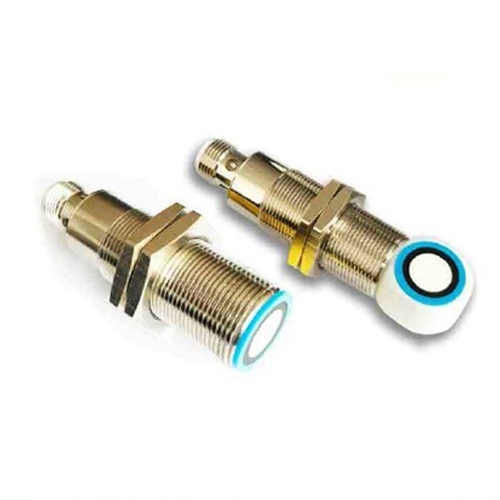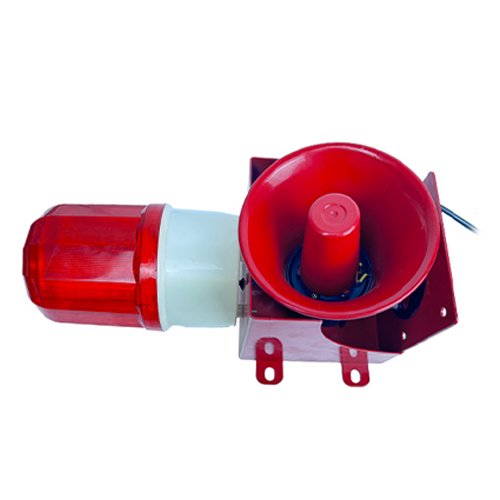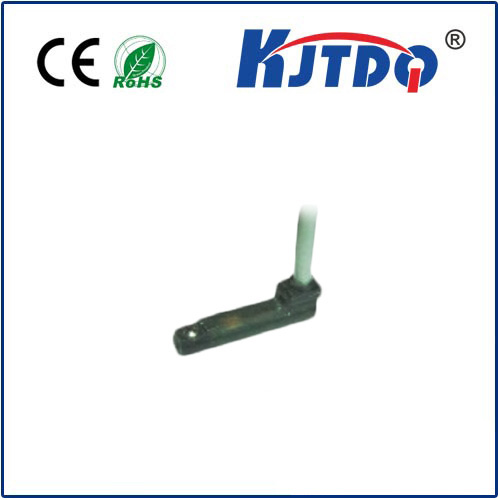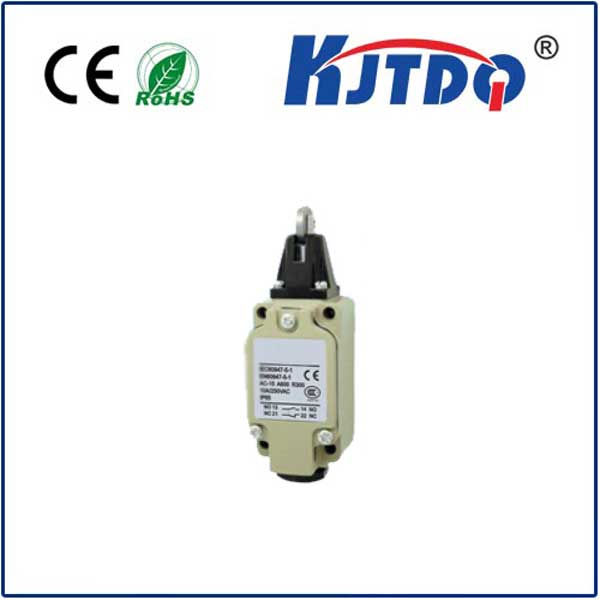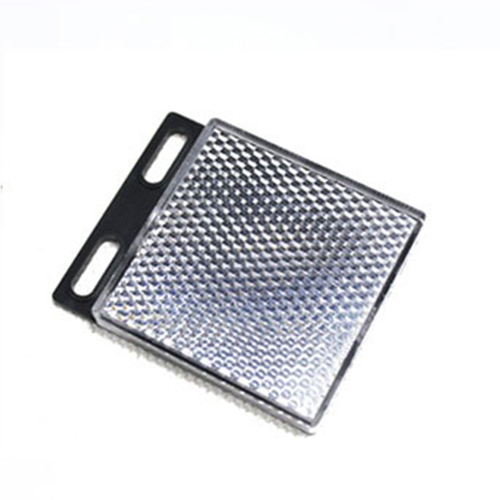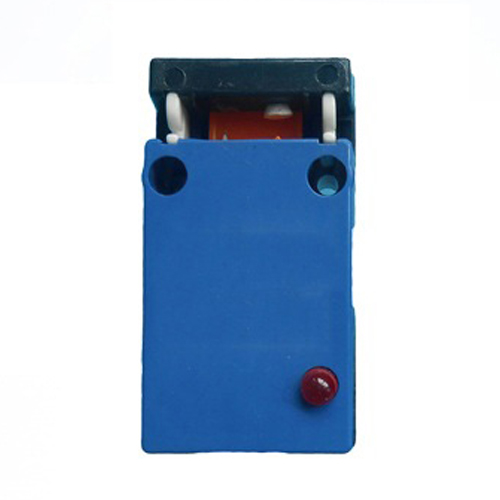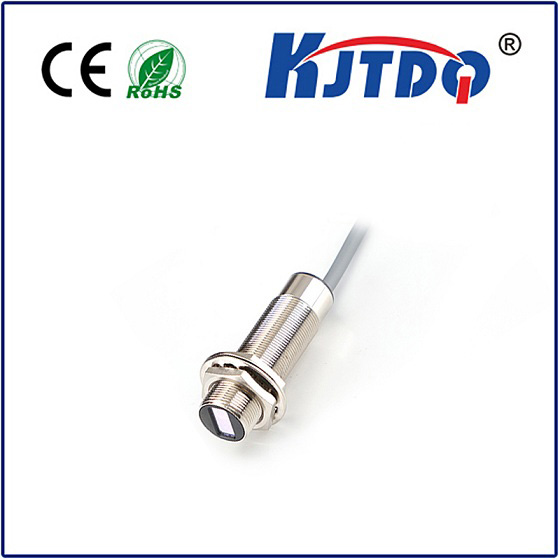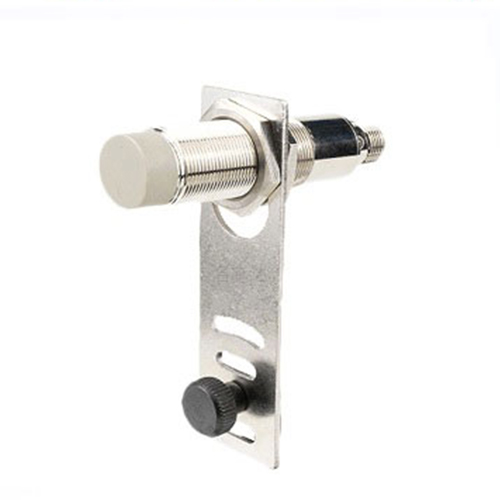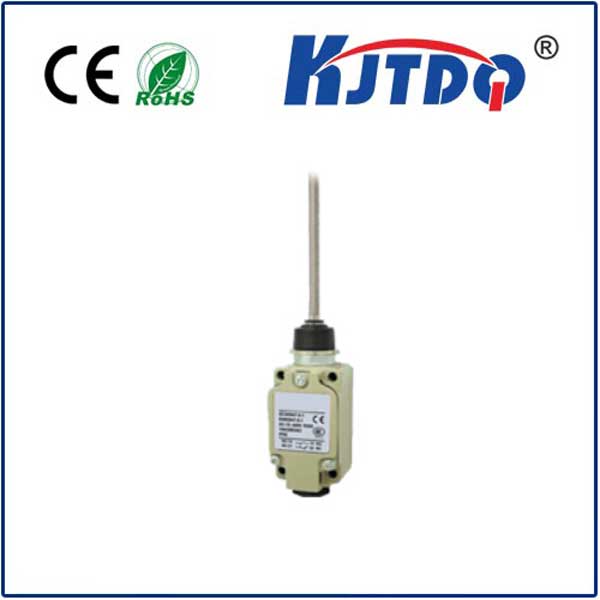Laser Wind Sensors: The Future of Precision Atmospheric Measurement Imagine a world where wind speed and direction can be measured with pinpoint accuracy, even in the most turbulent conditions. This is no longer science fiction—thanks to laser wind sensors, modern meteorology, renewable energy, and aviation industries are undergoing a transformative shift. These cutting-edge devices are redefining how we understand and interact with wind dynamics, offering unparalleled precision, reliability, and versatility.
Laser wind sensors, also known as LiDAR (Light Detection and Ranging) wind sensors, use laser beams to detect and analyze wind patterns. Unlike traditional anemometers that rely on physical moving parts, these sensors measure wind velocity and direction by emitting laser pulses and analyzing the reflected light’s Doppler shift. This non-intrusive, contactless method eliminates mechanical wear, reduces maintenance, and ensures consistent performance in harsh environments.
The core principle behind laser wind sensors is the Doppler effect. When laser light scatters off airborne particles like dust or water droplets, its frequency changes slightly based on the particles’ motion. By measuring this frequency shift, the sensor calculates wind speed and direction with remarkable accuracy. Advanced models can even map wind patterns in three dimensions, providing real-time data for applications ranging from weather forecasting to wind farm optimization.
Unmatched Precision: Laser sensors detect wind speeds as low as 0.01 m/s and resolve directional changes within 1 degree, far surpassing mechanical anemometers.

Долговечность: With no moving parts, these sensors withstand extreme temperatures, heavy rain, and corrosive environments.
Многогранный.: They can be deployed on land, offshore platforms, drones, or even integrated into aircraft for turbulence detection.
Данные в реальном времени: Instantaneous measurements enable rapid decision-making in critical scenarios like storm tracking or aviation safety.
Wind farms rely on precise wind data to position turbines for maximum efficiency. Laser wind sensors provide high-resolution vertical wind profiles, helping engineers avoid turbulent zones and reduce mechanical stress on equipment. Studies show that optimizing turbine placement using LiDAR can increase energy output by up to 20%.
Wind shear and microbursts pose significant risks during takeoff and landing. Airports worldwide now use laser sensors to monitor runway wind conditions in real time. For instance, Hong Kong International Airport reduced wind-related delays by 35% after installing LiDAR systems.
Accurate wind data is crucial for weather modeling and climate studies. Laser sensors enable researchers to track atmospheric phenomena like jet streams or hurricane formation with unprecedented detail. The European Centre for Medium-Range Weather Forecasts (ECMWF) credits LiDAR integration for improving storm prediction accuracy by 15%.
From tracking pollutant dispersion to assessing wildfire risks, laser wind sensors offer eco-friendly solutions. Their ability to measure wind patterns over large areas makes them ideal for urban air quality management and industrial emission control.
While laser wind sensors are revolutionary, they aren’t without limitations. Fog, heavy rain, or low particle density can occasionally disrupt measurements. However, advancements like pulsed laser technology and AI-driven data correction algorithms are mitigating these issues. For example, the latest sensors use multiple wavelengths to penetrate adverse weather, ensuring reliability in nearly all conditions. Cost remains a barrier for small-scale applications, but prices have dropped by 40% over the past decade as production scales up. Portable, drone-mounted models are also emerging, democratizing access to high-quality wind data.
The global laser wind sensor market is projected to grow at a CAGR of 12% through 2030, driven by demand in renewable energy and smart cities. Future innovations may include quantum-enhanced LiDAR for even greater sensitivity and integration with IoT networks for real-time environmental monitoring. As industries prioritize sustainability and safety, laser wind sensors will undoubtedly play a central role in shaping a data-driven, wind-aware future. Whether it’s harnessing cleaner energy or safeguarding flights, these devices prove that sometimes, the best way to capture the invisible is simply to shine a light on it.
